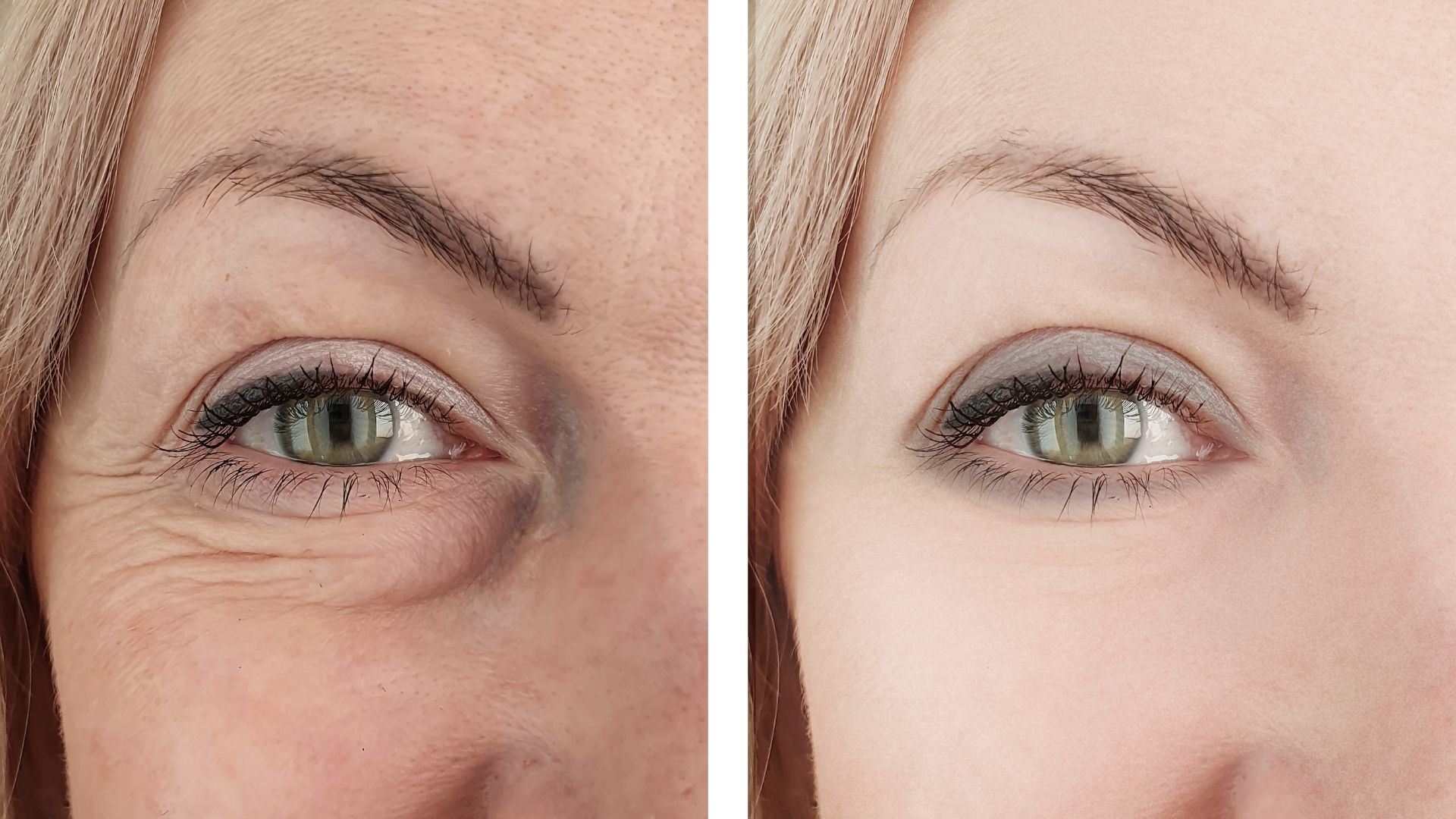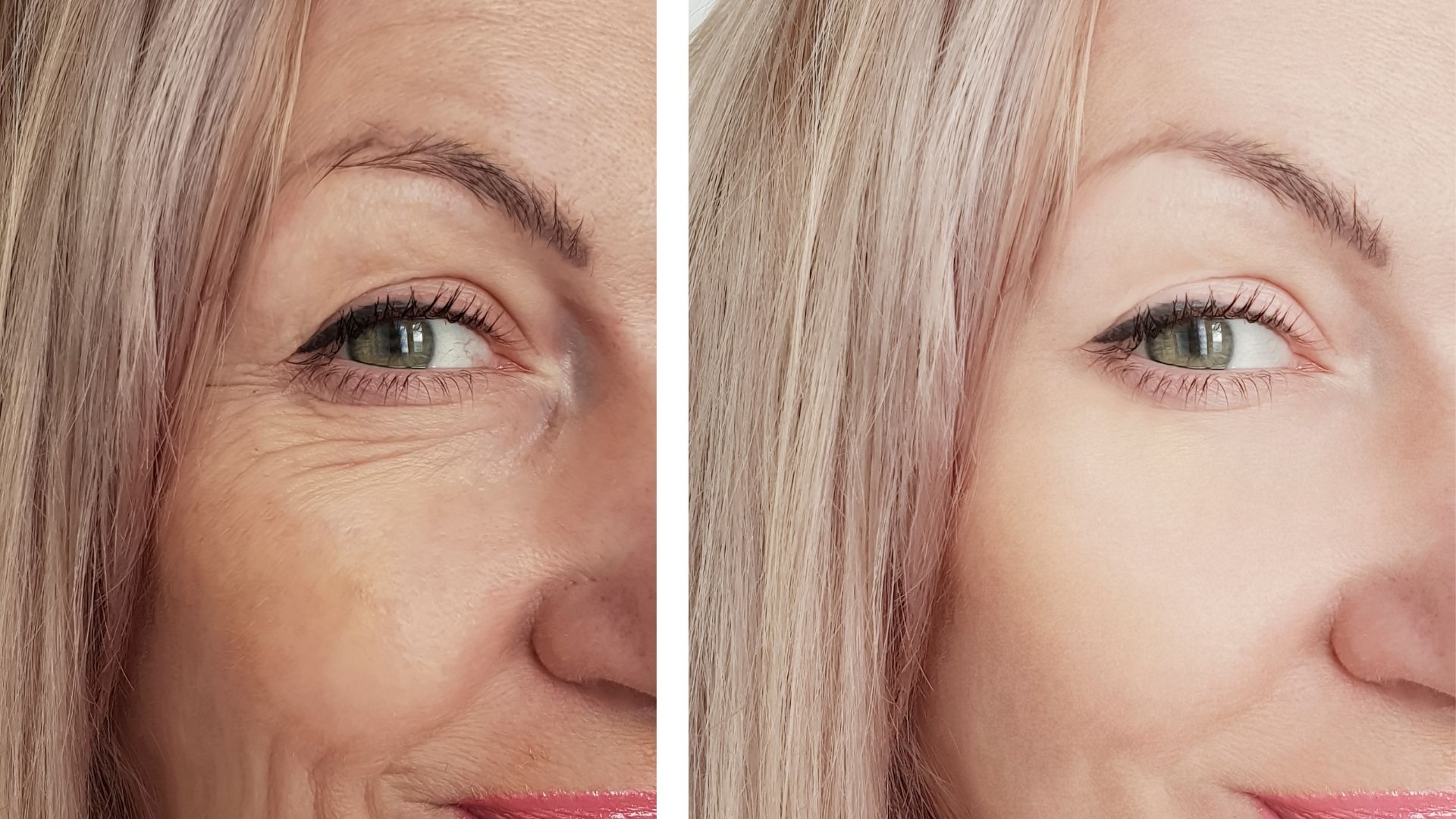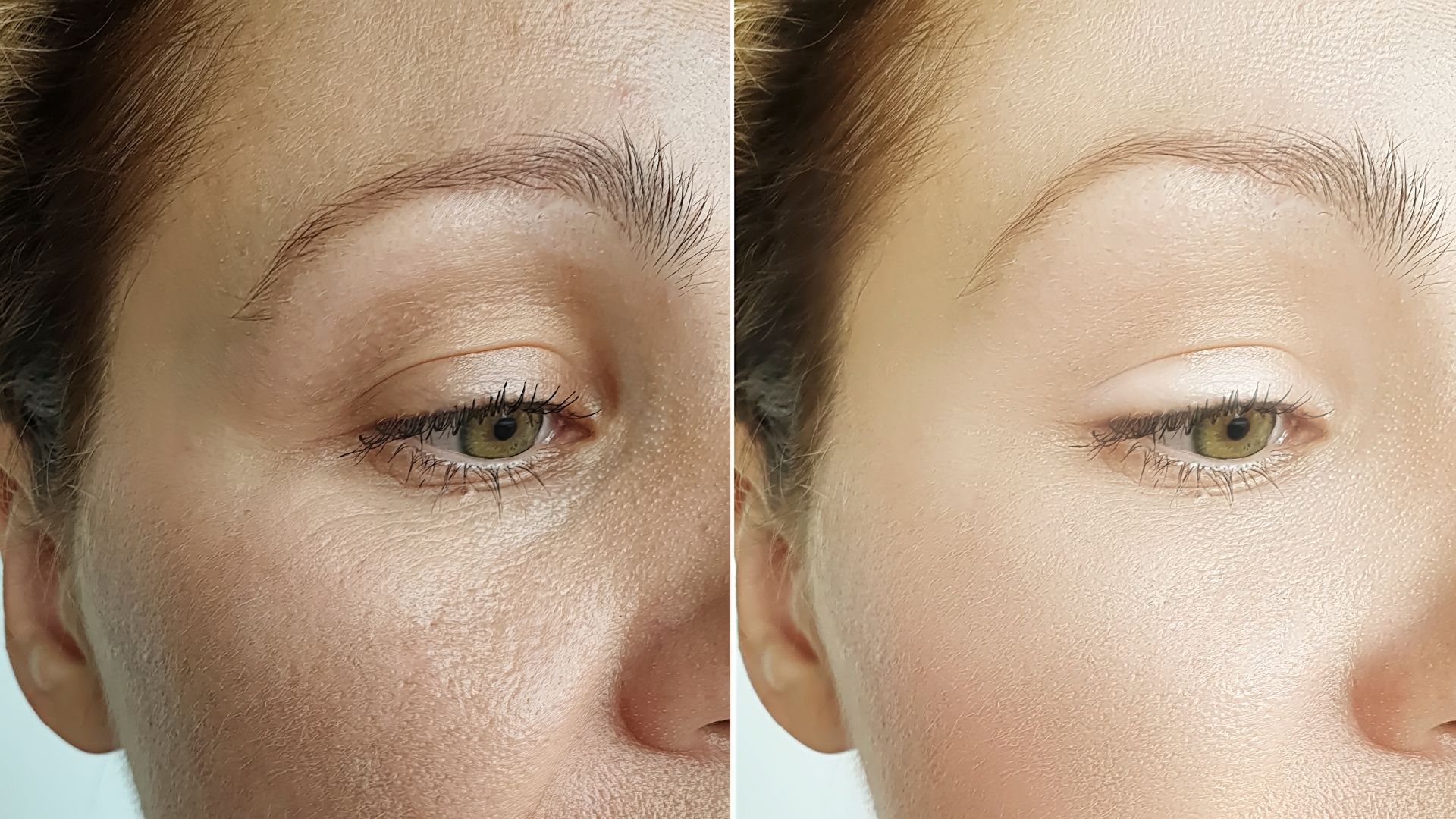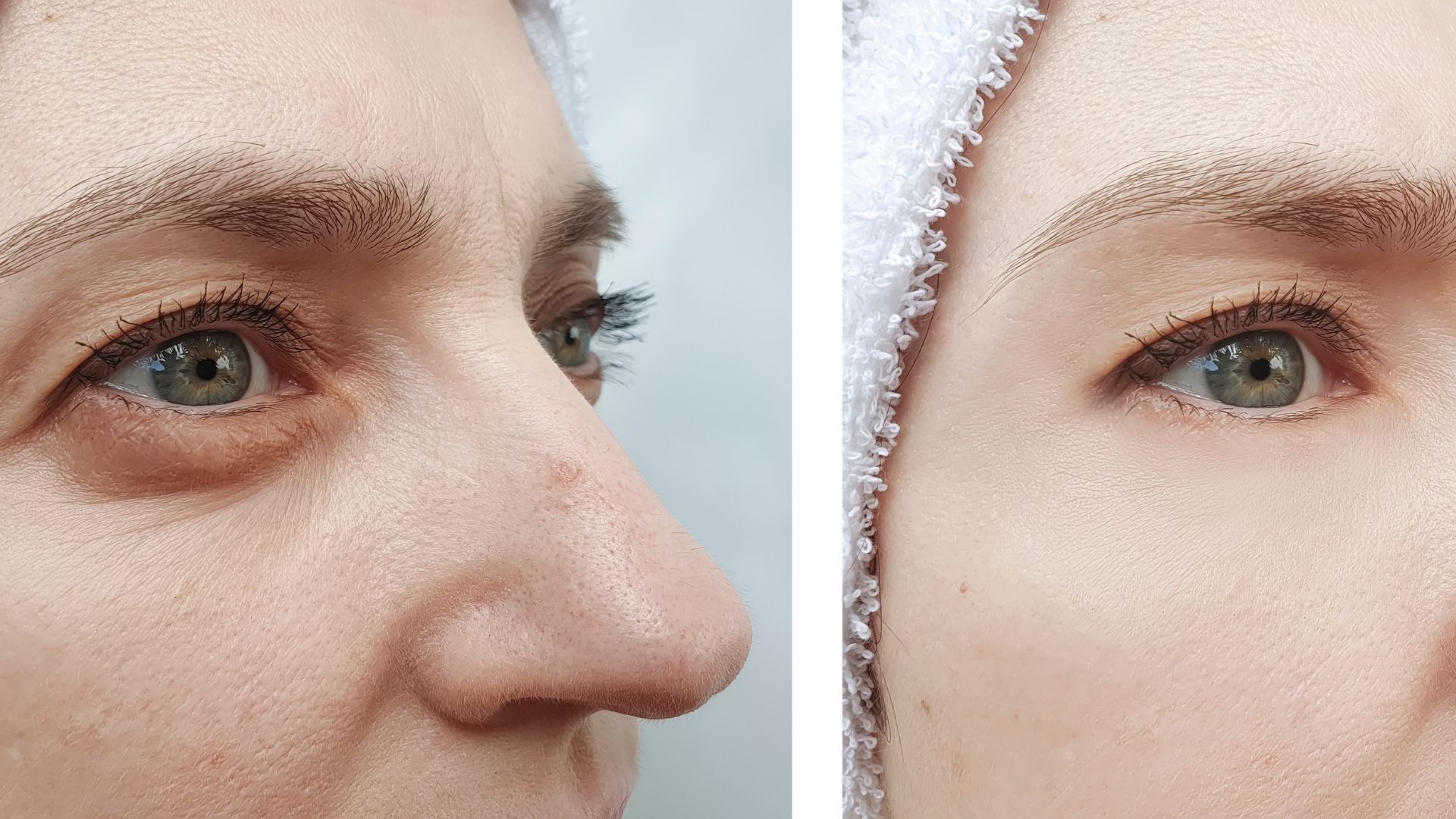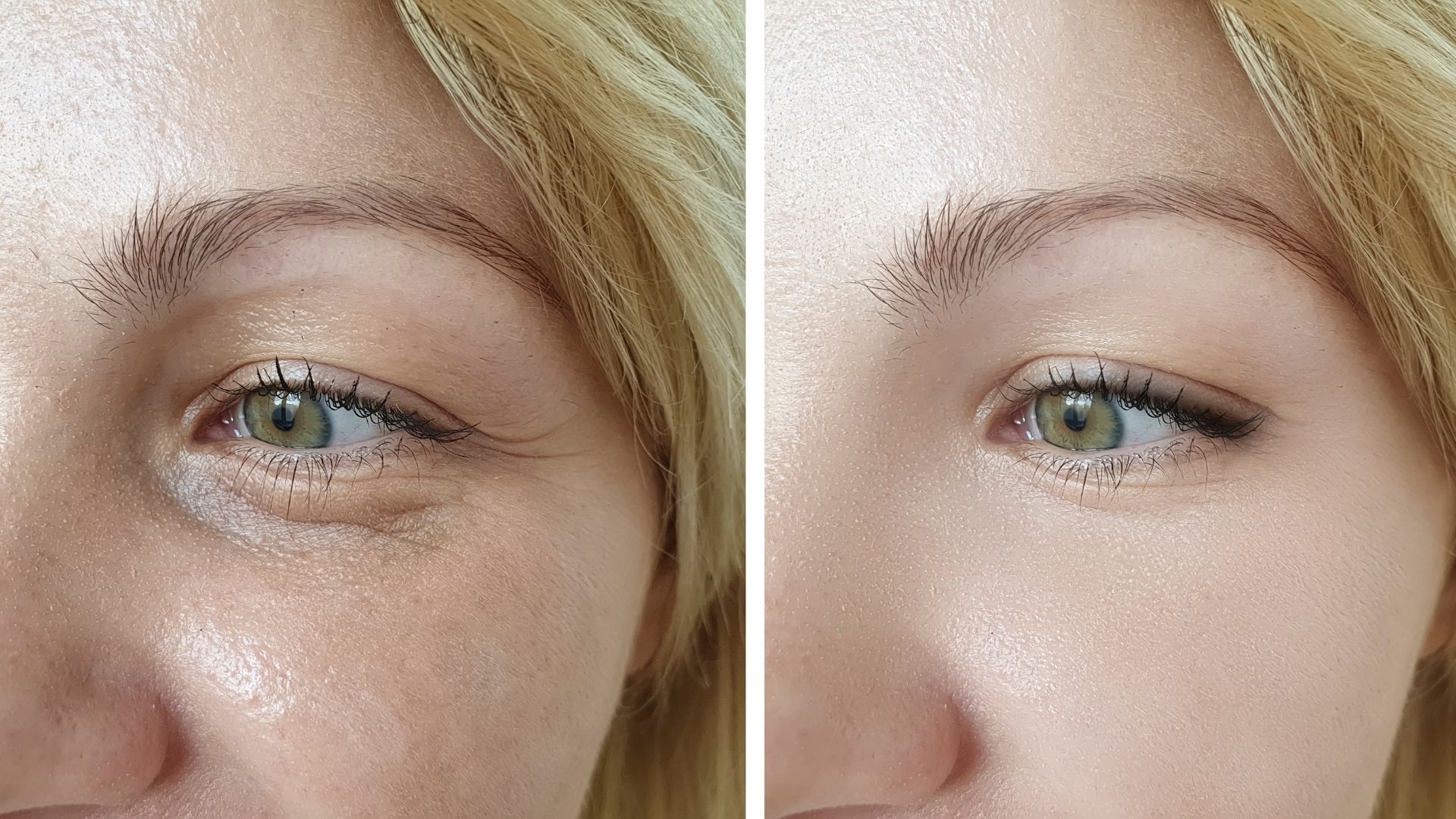What is Blepharoplasty?
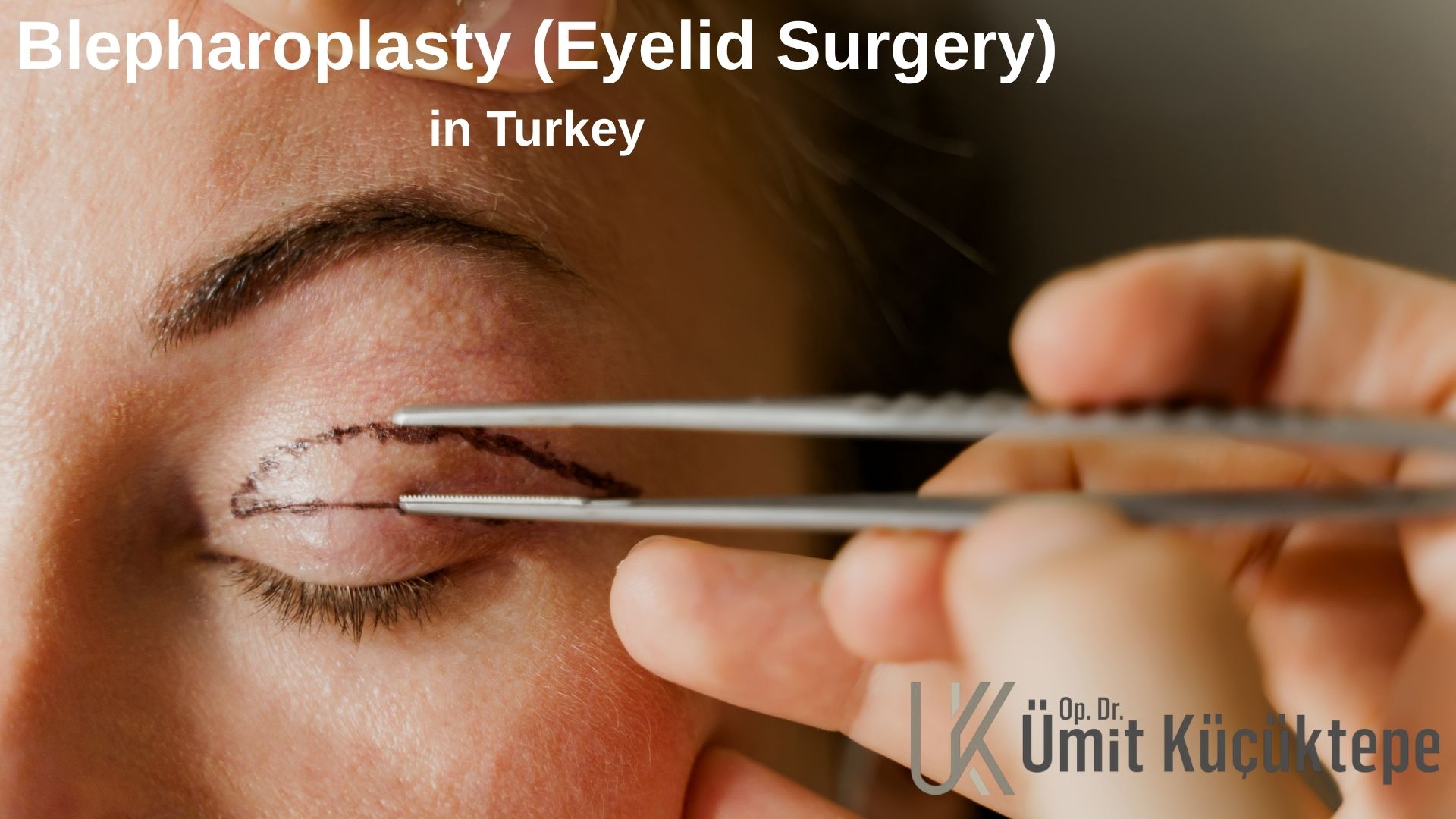
It's the go-to surgery for tired-looking eyes. The aim? Remove excess skin or fat from the eyelids, either upper, lower, or both.
If your eyelids feel heavy, or you see puffiness under your eyes even after 8 hours of sleep, this might be what you're looking for.
Upper bleph helps if the skin starts to droop over your lashes. Lower bleph targets bags and loose skin under the eyes.
How is Blepharoplasty surgery done?
Step What happens
| Surgeon numbs the eyelids |
| Marks the areas to remove |
| Makes tiny cuts on natural creases |
| Removes extra skin or fat |
| Closes the cuts with fine stitches |
| For lower lids, may cut inside or under |
| You go home same da yor other day, eyes stay open |
There are some steps during the procedure. First, your surgeon numbs the area. Sometimes you sleep through it, sometimes you're just relaxed. No pain either way.
Then He/she marks where to remove the skin or fat on your skin. These marks are precise, like a tailor tracing where to trim fabric, not a random cut.
For upper eyelids, the surgeon makes a small cut along your natural crease. They remove extra skin, maybe some fat, and close it up. The scar hides inside the fold. You blink, no one sees it.
For lower eyelids, there are two options. If it's mostly fat causing under-eye bags, they go from the inside (no visible scar). If it's loose skin too, they cut just under the lash line, tighten things up, and close it clean.
The whole thing takes 30 to 90 minutes. No bandages over your eyes. You can still see, read, and scroll Instagram.
Blepharoplasty recovery
First things first, you'll see swelling and bruising. Totally normal. It usually peaks around day two or three, then starts fading. If you use a cold compress, it helps a lot for swelling. But don't press too hard. Just gentle.
You might feel tightness or mild discomfort. Nothing sharp. Most people say it's more like a sunburn feeling than pain.
Stitches usually come out after 5-7 days. If dissolvable, they go on their own. You can wash your face, just gently. No rubbing. No makeup for a week or so. Sunglasses? Yes, they're your best friend outside.
Don't bend down, and don't lift heavy things. Keep your head slightly elevated even when sleeping. Two pillows work great.
By the second week, most bruising fades. You might still look a bit puffy, but nothing dramatic. Most people return to work or social life by day 10.
Full results? You'll see the fresh look settle in over 4-6 weeks. But even in the early days, you'll already notice a lighter, more rested eye area.
Just be kind to your eyes. Let them rest, heal, and do their quiet magic.
Upper blepharoplasty
Upper blepharoplasty is for the droopy skin on your upper eyelids. You know that extra fold that makes you look tired or even blocks your vision a bit? That's what this surgery corrects.
The surgeon draws a fine line along your natural eyelid crease. Then removes the loose skin, and if needed, a small amount of fat or muscle. After that, they stitch it up right inside that crease so, once it heals, the scar hides naturally.
Your eyes don't look surprised or pulled. Just more awake. More open. It feels like someone turned the lights back on in your face.
Bonus: if sagging skin made it hard to put on eyeliner or even see clearly, this can fix that too. So, it's not just for looks.
Think of it like cleaning up a heavy curtain that keeps falling into your line of sight. The window's the same. You just see it better now.
Lower blepharoplasty
This one's for under-eye problems, puffy bags, sagging skin, dark shadows, or that always-tired look.
If the issue is fat bulging under the eyes, the surgeon can go from the inside of the lower eyelid (called a transconjunctival approach). That means no external scar. They remove or reposition the fat for a smoother look.
But what if you also have loose, wrinkled skin? They make a very thin incision just below the lash line. They remove the extra skin, tighten the area, and close it carefully. Once it heals, the scar blends into the lash line, barely visible.
This isn't about pulling the skin tight. It's about restoring what time blurred. Your under-eyes look rested, not hollow. Smooth, not swollen.
It's like fluffing a pillow that sank in the middle.
Celebrity blepharoplasty before and after
Let's be real! Most celebs don't say they had blepharoplasty. But their eyes say this. It's usually subtle, clean, and very well done.
Look at Brad Pitt in his earlier roles versus now. His eyes still look like his, but the heaviness on the upper lids is gone. Same with Tom Cruise. His lower lids used to show mild puffiness. Now? Smooth. Youthful.
Renée Zellweger is one of the most talked-about cases. Her changed eyelid sparked huge conversations. Some loved the fresh look. Others missed the old one. But that shows how powerful eyelid surgery can be; it shifts how people see your whole face.
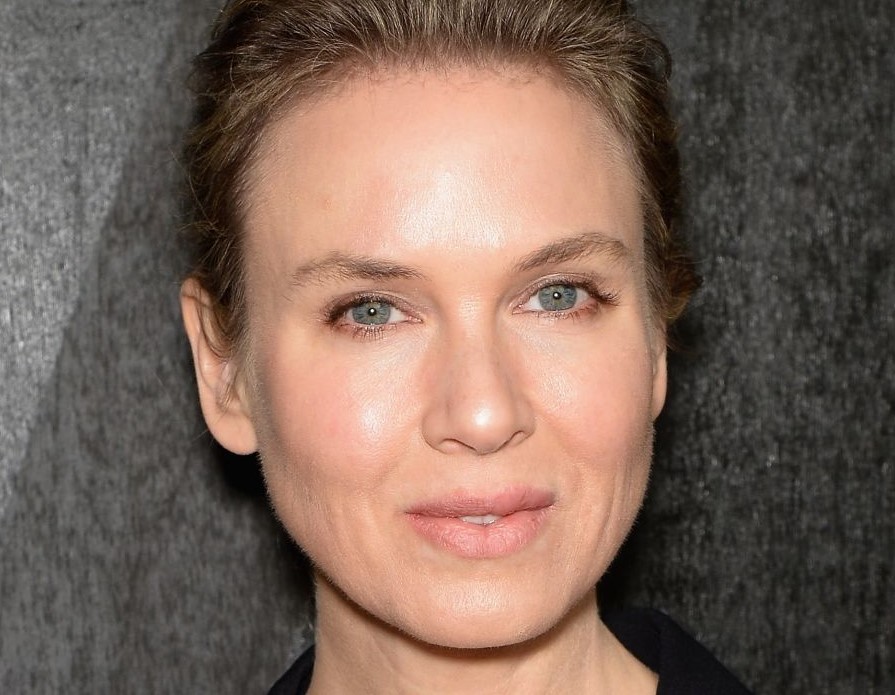
Bella Hadid is another name often mentioned. While she hasn't confirmed anything, her lifted, wide-eyed look has led many to believe there's been some work, possibly upper blepharoplasty or even a canthoplasty add-on. Either way, it's clean and refined.
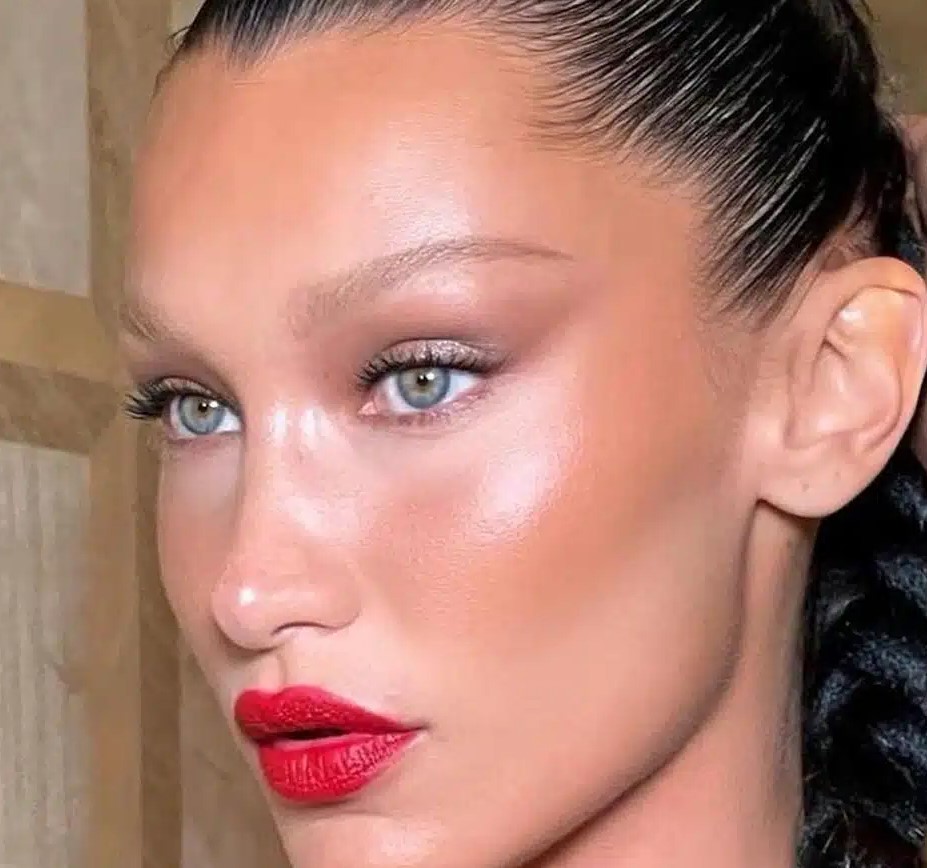
Most celebrity surgeons aim for one thing: no one should notice the surgery, just the glow.
Blepharoplasty cost in Turkey, Europe, and the US
Prices change a lot. It depends on where you go, who does it, and how complex the surgery is. Clinic quality, the surgeon's experience, and whether you're doing upper, lower, or both all affect the cost.
In Europe, the cost jumps. Expect around €3,000-€5,000, depending on the country. Germany, Switzerland, and the UK tend to be more expensive.
In the US, prices go even higher. A full blepharoplasty can cost $5,000-$8,000 or more, especially in major cities like New York or LA.
In Turkey, prices are more affordable than in the EU and the US for both lids. Clinics in Istanbul and Antalya offer full packages, sometimes including hotel and transfers.
It's not just about the country; it's about what's included, how natural the results look, and who's holding the scalpel.
Lower blepharoplasty cost in Turkey, Europe, and the US
Lower bleph is a bit more technical. That's why it costs more.
In Europe, prices range from €2,500 to €4,500. It depends on whether it's fat removal, skin tightening, or both.
In the US, lower bleph can go up to $6,000-$7,500, especially with laser or advanced techniques.
In Turkey, the average is quite lower than in the EU and the US. If they go through the inside of the eyelid (no scar), it might cost slightly more.
Bottom line? Turkey offers the most affordable options without losing quality if you choose the right surgeon. Europe and the US charge more, mostly because of labour and clinic costs.
For the most accurate info for blepharoplasty cost in Antalya, book a consultation with Op. Dr. Ümit Küçüktepe to get a full evaluation, clear answers, and a price tailored to you.
Upper blepharoplasty cost in Turkey, Europe, and the US
In Europe, you'll see prices around €2,000-€3,500 just for the uppers. Again, the city matters. Big-name clinics in Paris or Berlin cost more than smaller towns.
In the US, upper bleph alone can cost $2,500-$4,500.
This one is usually cheaper than lower bleph in Turkey, upper eyelid surgery costs less than in the EU and the US.
Think of it like getting a tailored shirt. Simple cuts cost less. Better fabric and expert tailoring? Price goes up.
Droopy eyelid surgery
This surgery fixes eyelids that hang too low. It's called ptosis surgery. Sometimes it's just skin surgery. Sometimes it includes muscle that lifts the lid getting weak. The surgeon tightens that muscle or removes the extra skin, depending on the cause.
It's not just about looks. If your lid covers part of your pupil, this surgery helps you see better. Plus, your face looks more alert and more balanced.
Think of it like fixing a garage door that won't open all the way. You adjust the rope, not repaint the door.
Recovery is quick. A bit of swelling at first. But most people return to normal within a week or two.
So, if one eyelid feels heavier, lower, or just off, it might not be age. It might be fixed. And honestly? A small lift makes a big difference.
Nonsurgical blepharoplasty (Eyelid lift without surgery)
Don't want cuts? No problem. Non-surgical blepharoplasty gives a lighter, tighter look without touching a scalpel.
The most popular method? Plasma pen (or Plexr). It uses heat to shrink loose skin. Tiny dots form on the eyelid. These heal in a few days, and the skin lifts slightly as it tightens.
Other options include radiofrequency, ultrasound (like Ultherapy), or laser. These go deeper into the skin to boost collagen. Results build slowly. So don't expect overnight magic, but it's real.
Think of it like steaming a wrinkled shirt. The fabric's still there; you're just smoothing it out.
Non-surgical blepharoplasty is the best for mild to moderate sagging. If your eyelids hang low or block vision, surgery still works better. But for early ageing or touch-ups, this is a soft and smart option.
No scars, minimal downtime, and natural results. Just don't forget: results are lighter, and they may need repeating over time.
Best blepharoplasty surgeon in Turkey
Turkey is one of the top spots for eyelid surgery. The reason? Skilled surgeons, modern clinics, and much better prices than Europe or the US
In cities like Istanbul, Ankara, and Antalya, you'll find surgeons who've done thousands of blepharoplasties. Most of them also use advanced techniques like laser or scarless methods. And yes, many speak English well.
One trusted name is Op. Dr. Ümit Küçüktepe for blepharoplasty in Antalya. He's known for natural-looking results and a very gentle approach. He listens, plans carefully, and explains every step.
How to qualify for eyelid surgery?
It's pretty simple. You need healthy skin, realistic expectations, and a real reason, like droopy lids, puffy bags, or vision trouble.
You shouldn't have serious eye problems or uncontrolled health issues. And your skin should still have some elasticity; it helps with healing.
If your eyelids bother you daily (whether it's how they look or how they feel), you're probably a good candidate. A short consult with a surgeon will clear the rest.
Blepharoplasty before and after
FAQs
How long does blepharoplasty last?
Upper blepharoplasty usually lasts 10 to 15 years. Lower bleph? Sometimes even longer. The reason? Fat and skin under the eyes age slower than the upper lid area.
But here's the thing: your eyes keep ageing. Blepharoplasty doesn't freeze time, it just sets it back.
Your bone structure, skin thickness, sun exposure, and even how you sleep all play a role in longevity. People with strong cheek support and good skin elasticity tend to keep their results longer.
So yes, it lasts. And no, you don't wake up one day and suddenly look like before. The change fades very slowly, and most people never repeat this procedure.
How much is blepharoplasty in Turkey?
As we mentioned earlier, we already shared the approximate prices above. In short, Turkey offers some of the most affordable blepharoplasty options worldwide.
Despite the affordable cost, Turkish surgeons, especially in cities like Antalya, don't compromise on quality. Most have years of experience, modern tech, and international patients flying in just for this.
So yes, the price is low. But the standards? Still impressively high.
What is a good age for blepharoplasty?
Most people get blepharoplasty between 35 and 60. But there's no strict rule. It depends more on what your eyelids look and feel like, not just your birth year.
In your 30s, early signs show up: a bit of puffiness, fine lines, or tired eyes even when you're well rested. If it runs in your family, you might notice it earlier.
In your 40s and 50s, sagging skin becomes more obvious. Fat pads may bulge. That's when most people start seriously thinking about it, not just for looks, but sometimes even to help with vision.
Even in your 60s or early 70s, you can still have great results, especially if your general health is good and your skin heals well.
What is the downside of blepharoplasty?
Every procedure has a flip side. Blepharoplasty is safe, but it may have some complications.
Let's keep it honest, blepharoplasty is generally safe, and most people recover without a hitch. But like with any surgery, there are a few things you should know.
Right after the operation, you'll probably see swelling and bruising. That's totally normal. It fades in a few days. A cold compress helps a lot.
Now, real complications? Rare. But they can happen. Things like infection, dry eyes, or a little blurry vision for a short while. Your eyes might water more or feel irritated. That's often just the tears spreading differently until everything settles.
One rare but serious issue is retrobulbar haematoma. That's bleeding behind the eye. It's super rare, but it can be dangerous if not caught early. Sudden pain, vision changes, or pressure? You'd need immediate help. Again, very rare, but important to know.
Scars? They hide in the folds. With time, they fade almost completely. Most people don't even notice them after a few months.
The key is choosing the right surgeon and talking openly. Ask your doctor about risks based on your eyes, your health, and your healing. That's how you get peace of mind—and the results you hoped for.
How painful is eyelid surgery?
Mild. You won't feel pain during the procedure; numbing takes care of that.
Afterward? It's more of a heavy, tight feeling, like you've been crying all night. The pain is not sharp or burning, but it is slightly sore.
Most people don't even need strong painkillers. A cold compress and a bit of rest do the trick. You don't need to fear.
This article is for informational and advisory purposes. The recommendations of your surgeon, who will examine you, should be a priority.
Please contact us for more detailed information.

